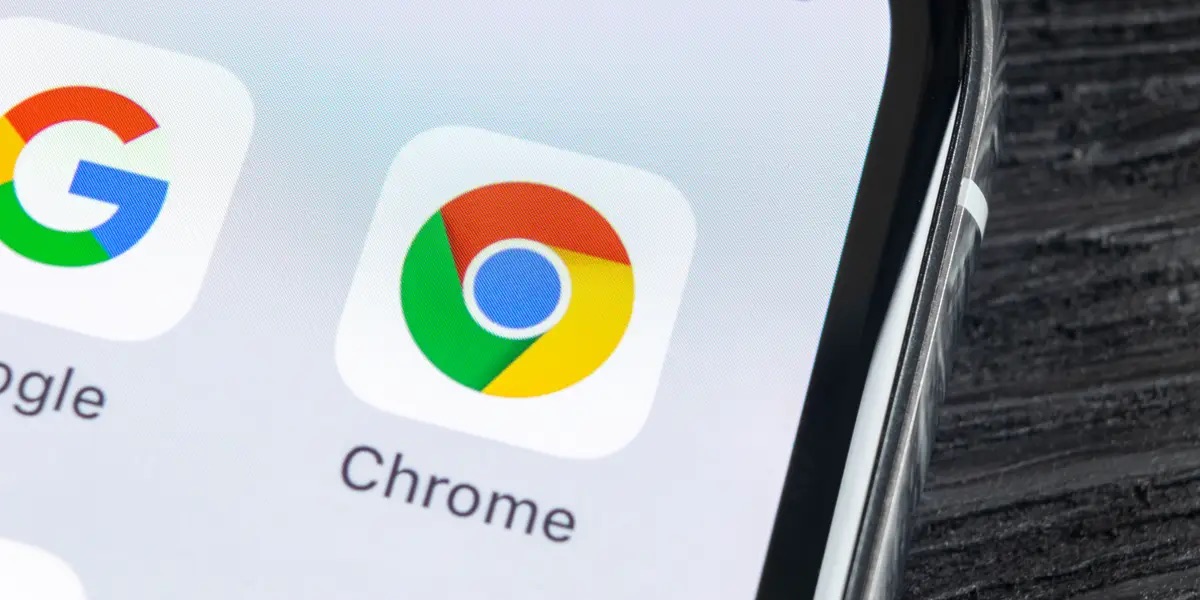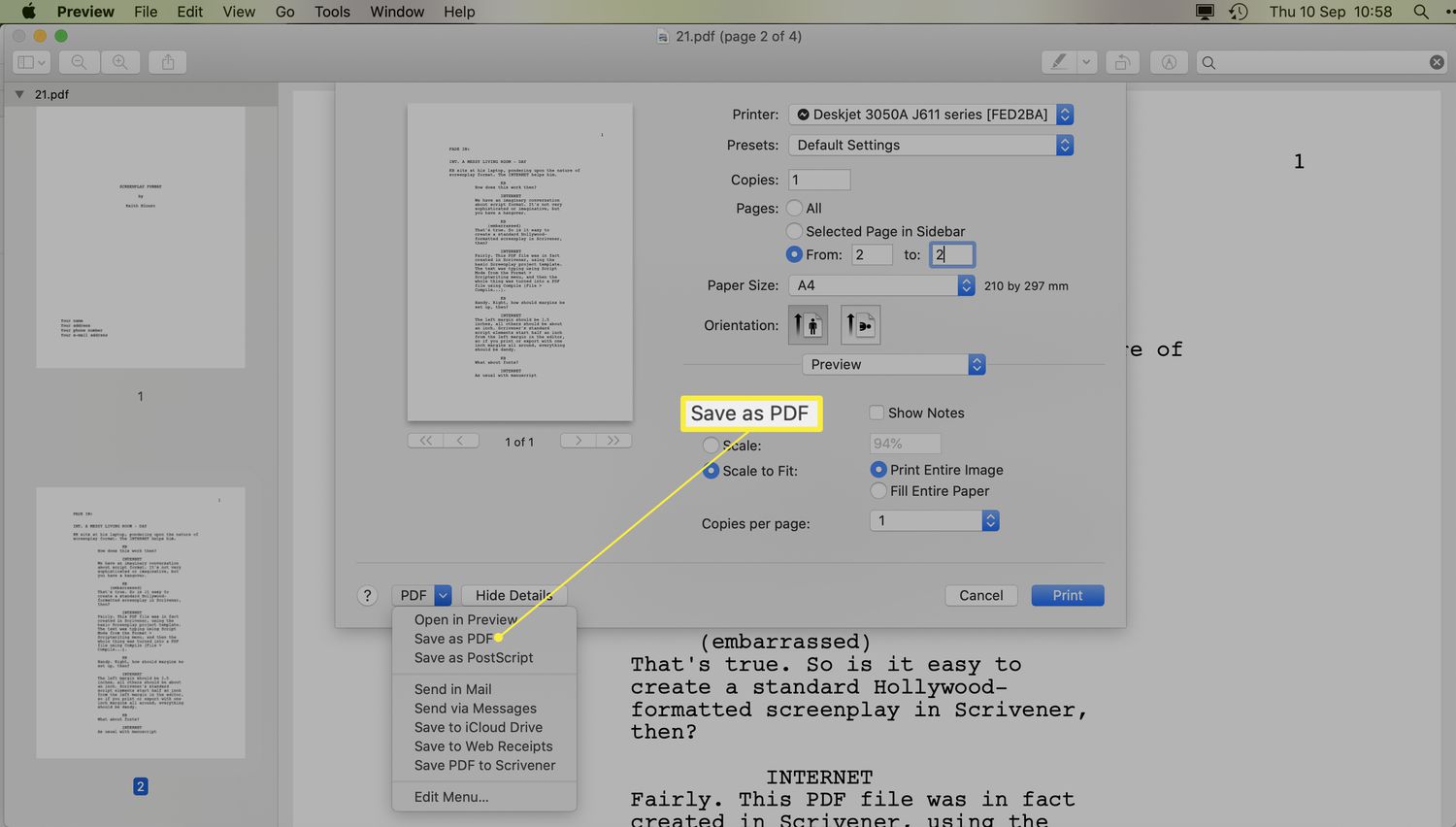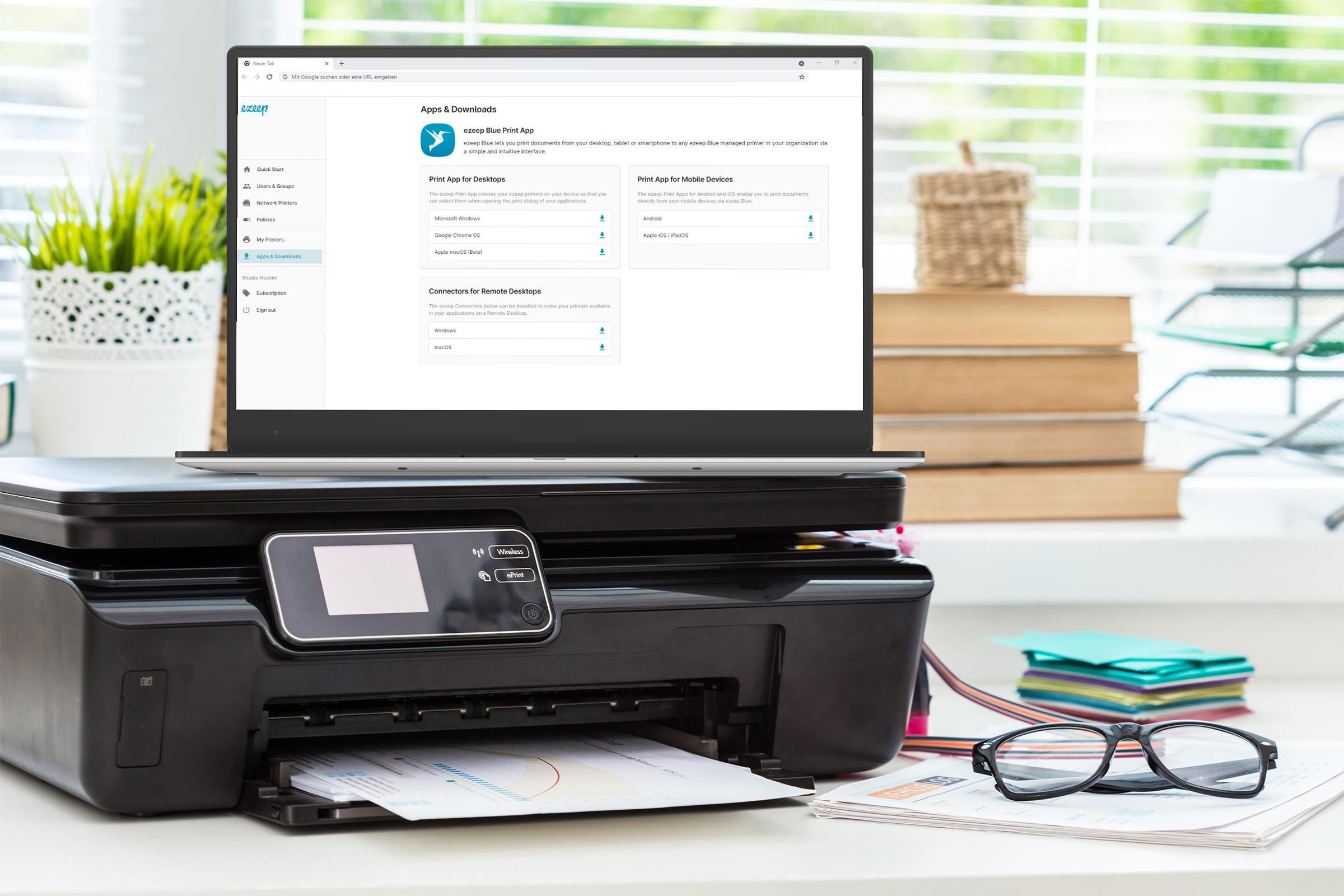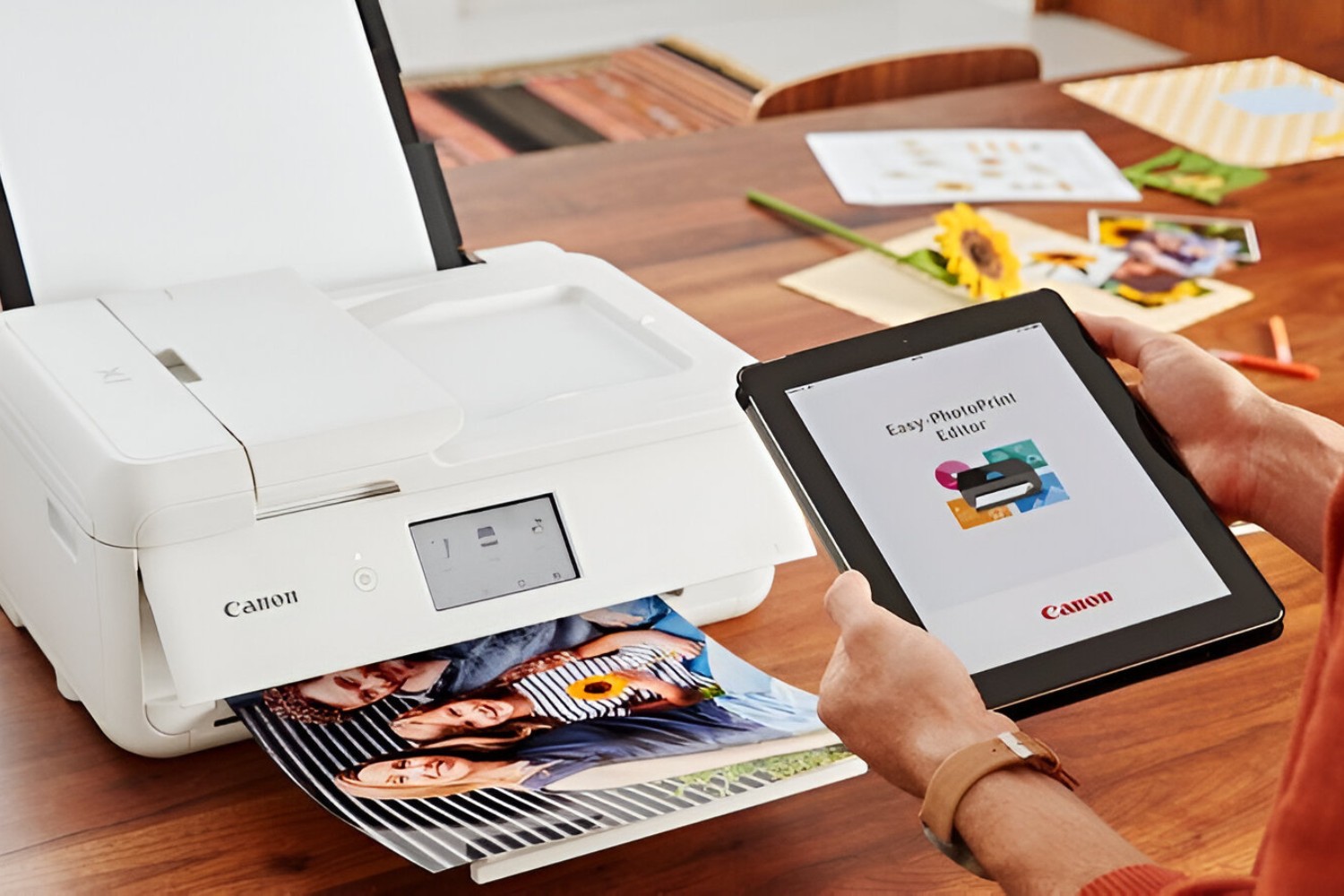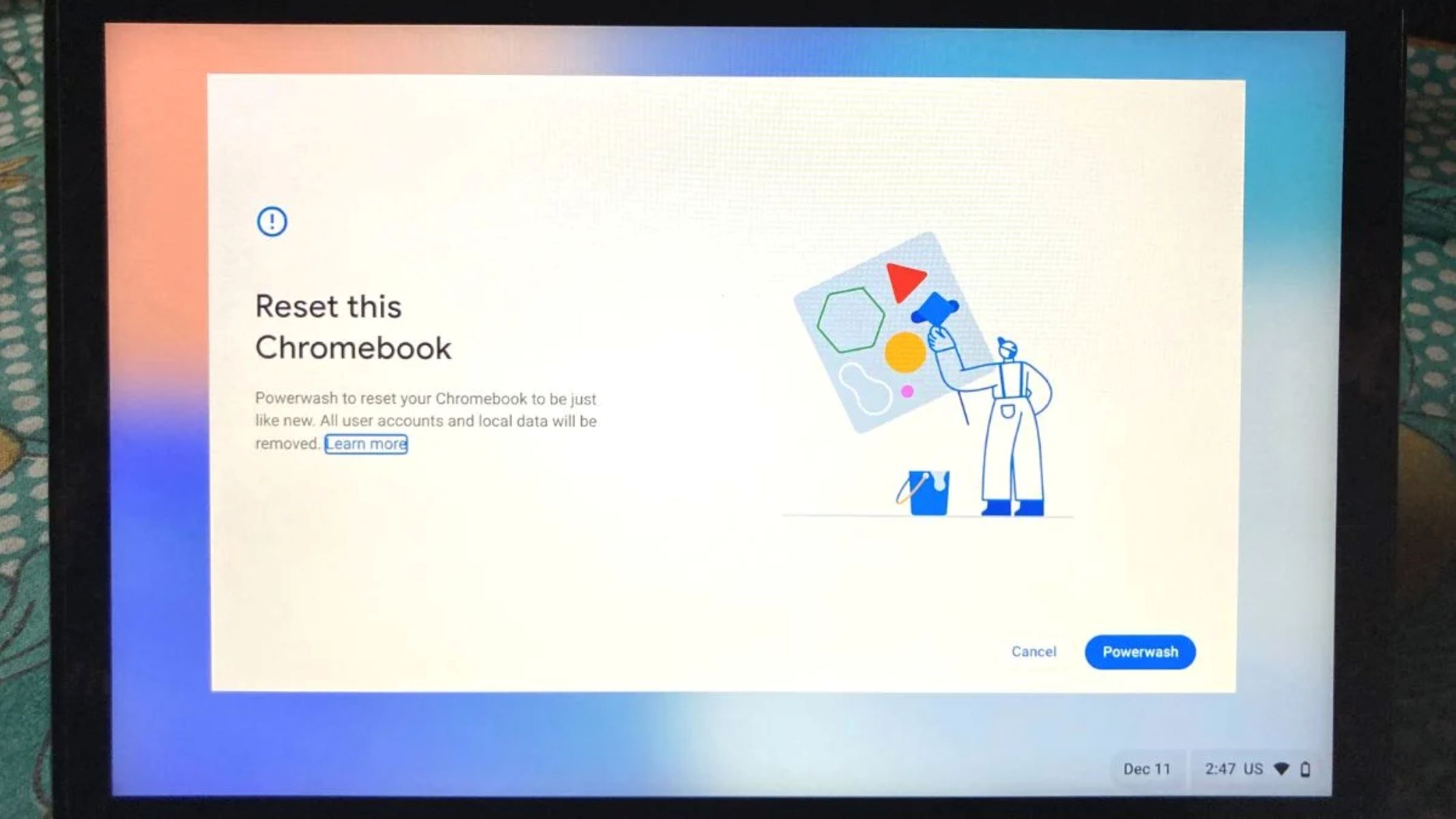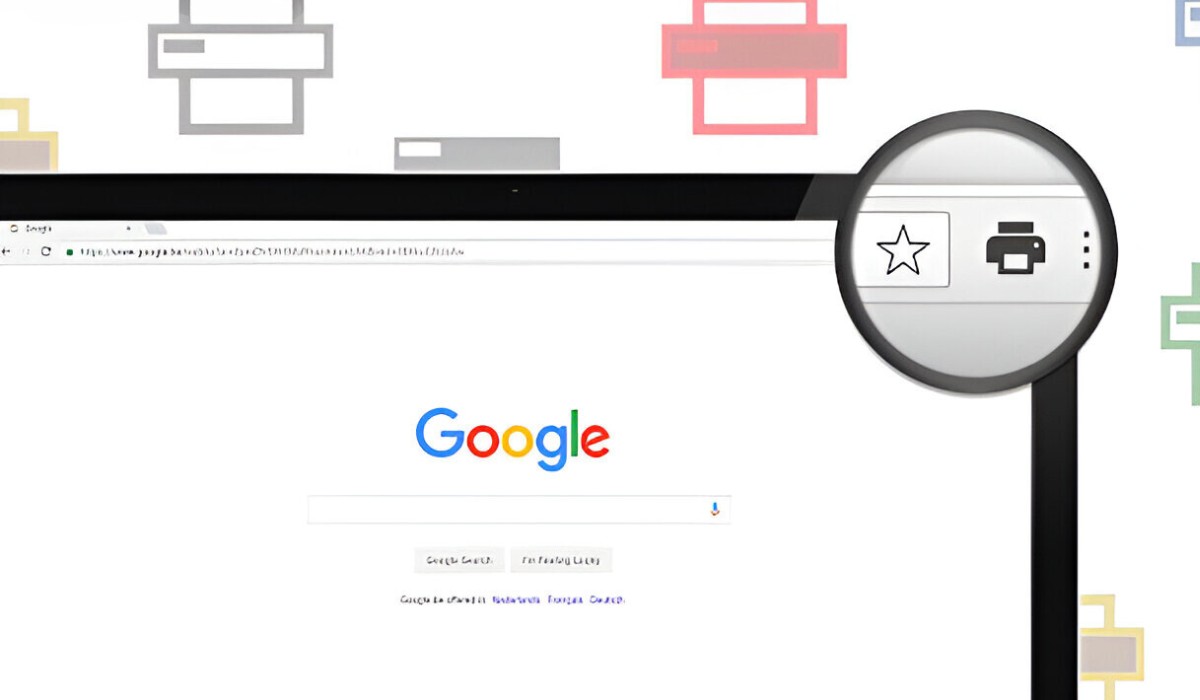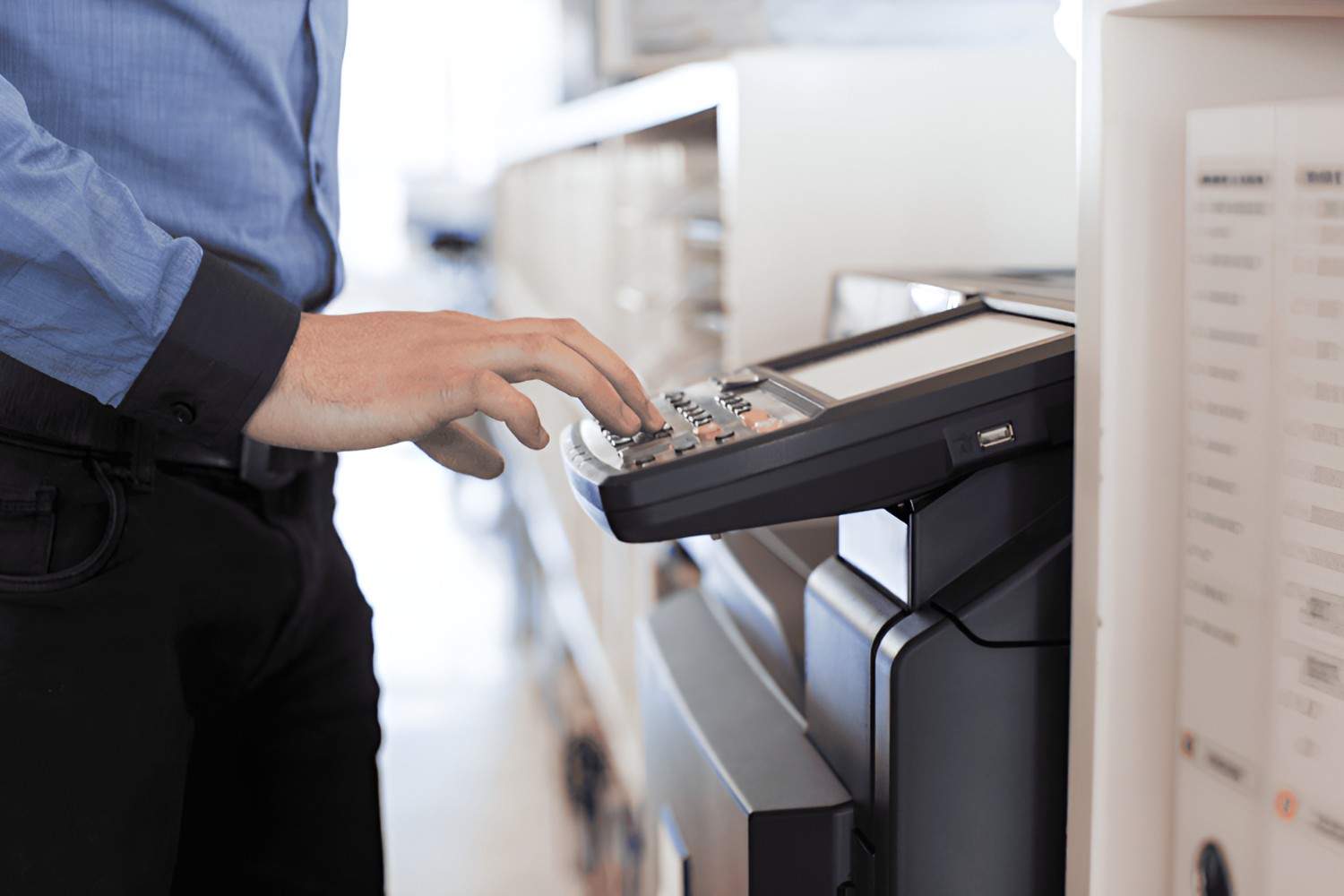Introduction
Encountering issues with Google Chrome not responding when attempting to print can be a frustrating experience. Whether you're trying to print an important document or a boarding pass, this problem can disrupt your workflow and cause unnecessary delays. However, there's no need to panic. By understanding the potential causes and implementing the right solutions, you can swiftly overcome this obstacle and resume your printing tasks with ease.
In this comprehensive guide, we'll explore various troubleshooting steps to address the issue of Google Chrome becoming unresponsive during printing. From checking the printer connection to updating Google Chrome and clearing the print spooler, we'll cover a range of effective strategies to help you resolve this vexing issue. Additionally, we'll delve into advanced techniques such as disabling print preview, resetting Google Chrome settings, and ensuring that your system is up to date. By following these steps, you can regain control over your printing capabilities and bid farewell to the frustration of encountering unresponsive behavior from Google Chrome.
So, if you've ever found yourself staring at an unyielding "Not Responding" message while attempting to print from Google Chrome, you're in the right place. Let's embark on this troubleshooting journey together and empower you with the knowledge and solutions needed to conquer this printing predicament.
Check Printer Connection
Before delving into complex troubleshooting steps, it's crucial to start with the basics. A common reason for Google Chrome not responding when attempting to print is a faulty or unstable connection between your computer and the printer. To address this, follow these steps to ensure that the printer connection is properly established:
-
Physical Inspection: Begin by checking the physical connections between your computer and the printer. Ensure that the USB or network cables are securely plugged in at both ends. If you're using a wireless printer, verify that it is connected to the same network as your computer and that the wireless signal is strong and stable.
-
Printer Status: Check the status of your printer to confirm that it is powered on and ready to receive print commands. Look for any error messages or warning lights on the printer that may indicate issues such as paper jams, low ink levels, or other hardware-related problems.
-
Print Queue: Access the print queue on your computer to verify if there are any pending print jobs that might be causing conflicts. Clearing the print queue can help eliminate potential bottlenecks and allow new print jobs to proceed smoothly.
-
Printer Software: Ensure that the printer software or drivers are correctly installed on your computer. Outdated or corrupted printer drivers can lead to printing issues, including unresponsiveness in Google Chrome.
-
Restart Devices: Sometimes, a simple restart can work wonders. Turn off both your computer and the printer, then power them back on after a brief interval. This can help reset any temporary glitches and establish a fresh connection between the devices.
By meticulously examining and addressing the printer connection, you can eliminate one of the most common culprits behind Google Chrome's unresponsiveness during printing. Once you've confirmed that the printer connection is stable and functional, you can proceed to explore additional troubleshooting steps to further resolve the issue.
Remember, a robust and reliable printer connection is the cornerstone of seamless printing experiences. By paying attention to these fundamental aspects, you can lay a solid foundation for troubleshooting more intricate issues related to Google Chrome's printing behavior.
Update Google Chrome
Keeping Google Chrome updated is essential for ensuring optimal performance and compatibility with various hardware and software components. Outdated versions of the browser can sometimes lead to unexpected issues, including unresponsiveness when attempting to print. To address this, it's crucial to prioritize the regular updating of Google Chrome to the latest available version.
When Google releases updates for Chrome, they often include bug fixes, security patches, and enhancements that can directly impact the browser's stability and functionality. By staying current with these updates, you not only benefit from improved performance but also reduce the likelihood of encountering printing-related issues such as unresponsiveness.
To update Google Chrome to the latest version, follow these steps:
-
Access the Chrome Menu: Open Google Chrome and click on the three-dot menu icon located in the top-right corner of the browser window.
-
Navigate to Settings: From the dropdown menu, select "Settings" to access the browser's settings and configuration options.
-
Check for Updates: Within the Settings menu, scroll down and click on "About Chrome" or "About Google Chrome." This will prompt Chrome to check for available updates.
-
Update Chrome: If an update is available, Chrome will automatically download and install it. You may be required to relaunch the browser to complete the update process.
Alternatively, you can manually download the latest version of Google Chrome from the official website and install it on your computer. This approach can be particularly useful if the automatic update process encounters any issues or if you prefer to have direct control over the update installation.
By ensuring that Google Chrome is running the most recent version, you can leverage the latest improvements and fixes that may directly address the unresponsiveness experienced when attempting to print. Additionally, staying updated with the latest browser version aligns with best practices for maintaining a secure and efficient browsing environment.
In summary, updating Google Chrome is a proactive step that can significantly contribute to resolving printing-related issues, including unresponsiveness. By incorporating this routine maintenance task into your browsing habits, you can enhance the overall stability and performance of Google Chrome, thereby minimizing the likelihood of encountering printing-related challenges in the future.
Clear Print Spooler
The print spooler, a critical component of the Windows operating system, manages the print jobs sent to the printer. When the print spooler encounters errors or becomes clogged with pending print tasks, it can lead to issues such as unresponsiveness when attempting to print from Google Chrome. Clearing the print spooler can effectively address these underlying issues and restore seamless printing functionality.
To clear the print spooler, follow these steps:
-
Stop the Print Spooler Service: Begin by stopping the print spooler service to prevent any ongoing print jobs from causing interference. To do this, open the Services management console by typing "services.msc" in the Windows search bar and pressing Enter. Locate the "Print Spooler" service, right-click on it, and select "Stop" from the context menu.
-
Clear Print Queue: With the print spooler service stopped, navigate to the following directory on your computer: C:\Windows\System32\spool\PRINTERS. Here, you'll find a collection of files representing print jobs in the queue. Delete all the files in this directory to clear the print queue and remove any lingering print tasks.
-
Restart the Print Spooler Service: After clearing the print queue, it's essential to restart the print spooler service to resume normal printing functionality. Return to the Services management console, right-click on the "Print Spooler" service, and select "Start" from the context menu.
By clearing the print spooler and ensuring a clean slate for print jobs, you can effectively eliminate potential bottlenecks and conflicts that might be causing Google Chrome to become unresponsive during printing. This straightforward yet powerful troubleshooting step can often yield significant improvements in the browser's printing behavior.
In addition to addressing immediate printing issues, clearing the print spooler contributes to the overall maintenance and optimization of the printing subsystem within the Windows environment. By periodically clearing the print spooler, you can prevent the accumulation of outdated or problematic print jobs, thereby promoting a smoother and more reliable printing experience across various applications, including Google Chrome.
In summary, clearing the print spooler is a valuable troubleshooting technique that can swiftly alleviate printing-related issues, including unresponsiveness in Google Chrome. By incorporating this step into your troubleshooting repertoire, you can proactively maintain a healthy printing environment and minimize the impact of spooler-related challenges on your day-to-day printing tasks.
Disable Print Preview
When attempting to print from Google Chrome, the built-in print preview feature can sometimes contribute to unresponsiveness and delays. Disabling the print preview functionality can serve as a strategic troubleshooting step to bypass potential issues associated with this feature and streamline the printing process.
To disable print preview in Google Chrome, follow these steps:
-
Access Chrome Settings: Open Google Chrome and click on the three-dot menu icon in the top-right corner of the browser window. From the dropdown menu, select "Settings" to access the browser's configuration options.
-
Navigate to Advanced Settings: Within the Settings menu, scroll down and click on "Advanced" to reveal additional browser settings and options.
-
Locate Printing Settings: Under the "Advanced" section, locate and click on "Printing" to access the printing-related settings within Google Chrome.
-
Disable Print Preview: Within the Printing settings, locate the option for "Enable Print Preview" or a similar feature related to print preview functionality. Toggle the switch or checkbox to disable this feature.
By disabling print preview, you effectively bypass the intermediary step of generating a print preview before sending the document to the printer. This can streamline the printing process and potentially alleviate the unresponsiveness experienced when attempting to print from Google Chrome.
Disabling print preview is particularly beneficial when dealing with complex or resource-intensive web pages that may trigger unresponsiveness during the preview generation process. By skipping the print preview step, you can expedite the printing workflow and reduce the likelihood of encountering delays or unresponsiveness related to this feature.
It's important to note that while disabling print preview can enhance the printing experience in certain scenarios, it may limit your ability to review the layout and formatting of the printed document before sending it to the printer. As such, it's advisable to weigh the trade-offs and consider the specific printing requirements of each task before deciding to disable the print preview feature.
In summary, disabling print preview in Google Chrome presents a targeted approach to addressing unresponsiveness during the printing process. By bypassing the print preview step, you can potentially mitigate delays and streamline the printing workflow, ultimately enhancing the overall efficiency of printing from the browser.
Reset Google Chrome Settings
Resetting Google Chrome settings can serve as a powerful troubleshooting technique to address a wide range of issues, including unresponsiveness during printing. When Google Chrome's settings become corrupted or misconfigured, it can lead to unexpected behavior, hindering the browser's ability to interact seamlessly with printing devices. By initiating a reset of Chrome's settings, you can effectively restore the browser to a default state, eliminating potential conflicts and irregularities that may be impeding the printing process.
To reset Google Chrome settings, follow these steps:
-
Open Chrome Settings: Launch Google Chrome and click on the three-dot menu icon located in the top-right corner of the browser window. From the dropdown menu, select "Settings" to access the browser's configuration options.
-
Navigate to Advanced Settings: Within the Settings menu, scroll down and click on "Advanced" to reveal additional browser settings and options.
-
Access Reset Options: Under the "Advanced" section, locate and click on "Reset and clean up" to access the reset options for Google Chrome.
-
Initiate Reset: Within the reset options, click on "Restore settings to their original defaults." This action will prompt Chrome to reset its settings, including preferences, search engines, and pinned tabs, to their default configurations.
By initiating a reset of Google Chrome settings, you effectively eliminate potential configuration issues or conflicts that may be contributing to the unresponsiveness experienced during printing. This comprehensive reset encompasses various aspects of the browser's settings, providing a holistic approach to resolving underlying issues that may impact printing functionality.
It's important to note that initiating a reset of Chrome's settings will revert the browser to its default state, potentially impacting customizations and preferences that have been configured. As a result, it's advisable to carefully consider the implications of this action and be prepared to reconfigure personalized settings and preferences after the reset is complete.
In summary, resetting Google Chrome settings presents a robust and encompassing approach to troubleshooting printing-related unresponsiveness. By restoring the browser to its default state, you can effectively address underlying configuration issues and pave the way for a smoother and more reliable printing experience within Google Chrome.
Check for System Updates
Ensuring that your operating system is up to date is a crucial aspect of maintaining a stable and secure computing environment. System updates, including operating system patches, security enhancements, and driver updates, play a pivotal role in addressing potential compatibility issues and resolving underlying software conflicts that may impact the performance of applications such as Google Chrome.
When encountering unresponsiveness during printing in Google Chrome, checking for system updates becomes a strategic troubleshooting step to address potential underlying factors contributing to this issue. Outdated system components, including device drivers, system libraries, and core operating system modules, can introduce inconsistencies that affect the browser's ability to interact seamlessly with printing devices.
To check for system updates on Windows, follow these steps:
-
Access Windows Update: Open the Windows Settings app by clicking on the Start menu and selecting the gear icon. Within the Settings app, navigate to "Update & Security."
-
Check for Updates: Under the "Windows Update" section, click on "Check for updates." Windows will initiate a scan to identify available updates for the operating system, drivers, and other essential components.
-
Install Updates: If updates are available, follow the on-screen prompts to download and install them. It's essential to ensure that all critical and recommended updates are applied to maintain the system's stability and compatibility with applications such as Google Chrome.
On macOS, checking for system updates involves a slightly different process:
-
Access System Preferences: Click on the Apple logo in the top-left corner of the screen and select "System Preferences" from the dropdown menu.
-
Navigate to Software Update: Within System Preferences, click on "Software Update" to access the update management interface.
-
Check for Updates: Click on "Check for updates" to allow macOS to scan for available updates for the operating system and related components.
-
Install Updates: If updates are available, proceed with the installation process to ensure that your macOS system is up to date.
By proactively checking for system updates, you can address potential compatibility issues and security vulnerabilities that may be contributing to Google Chrome's unresponsiveness during printing. Keeping your operating system and associated components updated aligns with best practices for maintaining a stable and secure computing environment, ultimately contributing to a smoother and more reliable printing experience within Google Chrome.
In summary, checking for system updates represents a proactive and essential step in troubleshooting unresponsiveness during printing in Google Chrome. By prioritizing the maintenance of your operating system, you can mitigate potential software conflicts and compatibility issues, fostering a more seamless and efficient printing workflow within the browser.
Conclusion
In conclusion, addressing the issue of Google Chrome becoming unresponsive when attempting to print requires a systematic approach that encompasses both basic troubleshooting steps and advanced techniques. By meticulously examining the printer connection, updating Google Chrome, clearing the print spooler, disabling print preview, resetting Chrome settings, and checking for system updates, users can effectively overcome the vexing challenge of unresponsiveness during printing.
The fundamental step of checking the printer connection serves as a cornerstone for troubleshooting printing issues, ensuring that the physical and network connections are stable and functional. This foundational examination lays the groundwork for further troubleshooting and sets the stage for a seamless printing experience.
Updating Google Chrome to the latest version emerges as a proactive measure to leverage the latest improvements and fixes, thereby reducing the likelihood of encountering printing-related issues such as unresponsiveness. By staying current with updates, users can benefit from enhanced performance and compatibility, contributing to a more reliable printing environment.
Clearing the print spooler presents a targeted approach to addressing potential bottlenecks and conflicts that may impede the printing process. By eliminating lingering print jobs and ensuring a clean slate for new print tasks, users can mitigate the impact of spooler-related challenges on their day-to-day printing tasks.
Disabling print preview in Google Chrome offers a strategic means of bypassing potential issues associated with this feature, streamlining the printing process, and potentially alleviating delays or unresponsiveness. This targeted approach allows users to expedite the printing workflow while considering the trade-offs related to print preview functionality.
Resetting Google Chrome settings provides a comprehensive and encompassing approach to troubleshooting printing-related unresponsiveness, effectively restoring the browser to a default state and eliminating potential configuration issues or conflicts.
Lastly, checking for system updates represents a proactive and essential step in troubleshooting unresponsiveness during printing in Google Chrome. By prioritizing the maintenance of the operating system, users can mitigate potential software conflicts and compatibility issues, fostering a more seamless and efficient printing workflow within the browser.
By integrating these troubleshooting techniques and best practices, users can empower themselves with the knowledge and solutions needed to conquer the printing predicament and regain control over their printing capabilities within Google Chrome. With a systematic and proactive approach, users can navigate printing challenges with confidence and ensure a smooth and reliable printing experience in the future.









